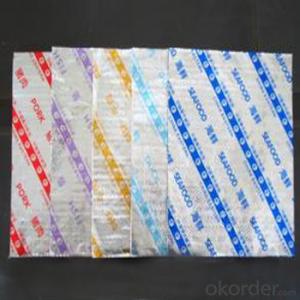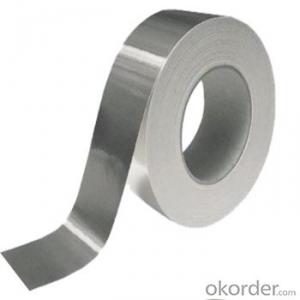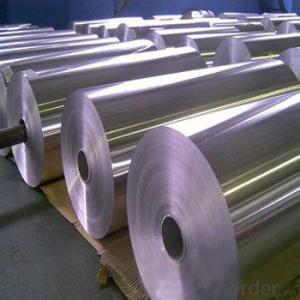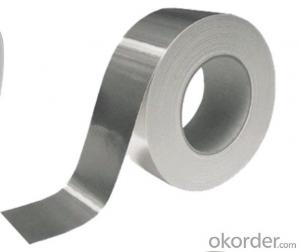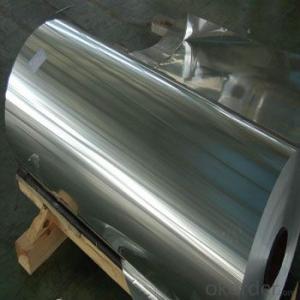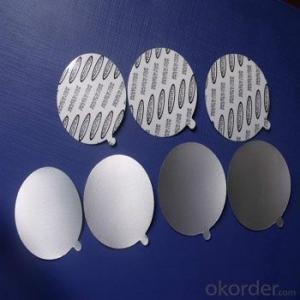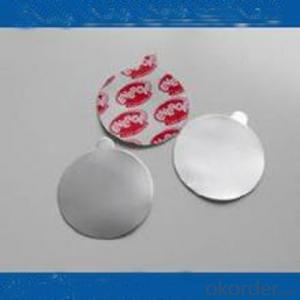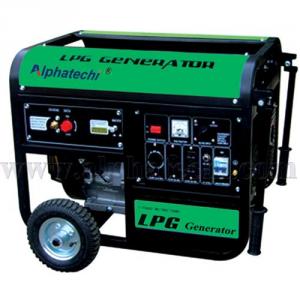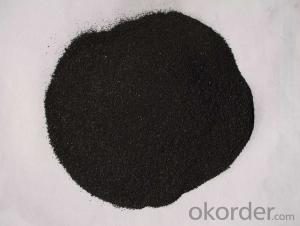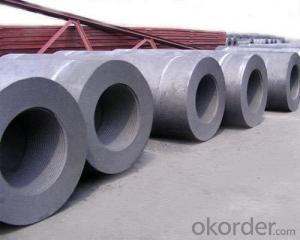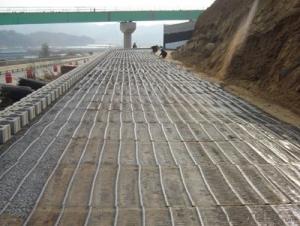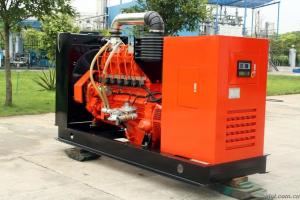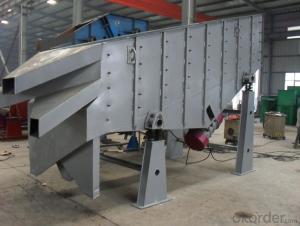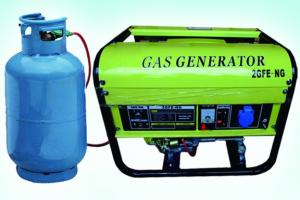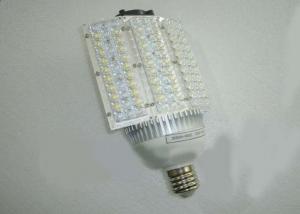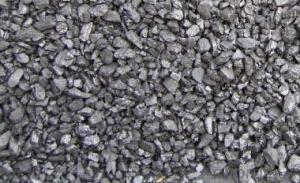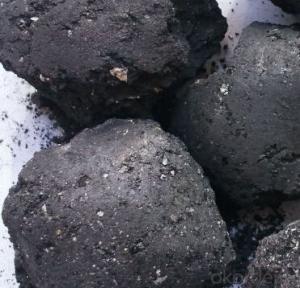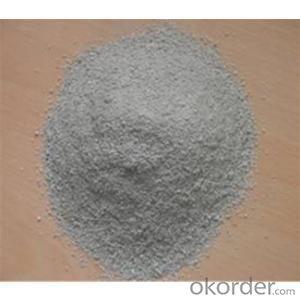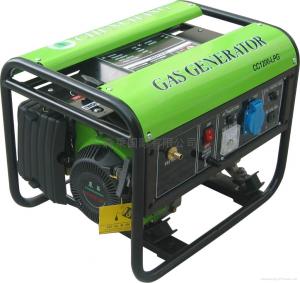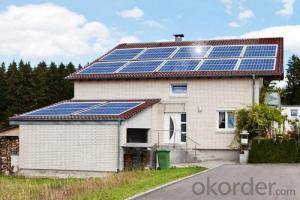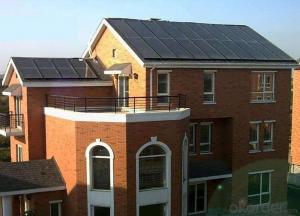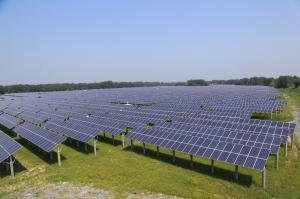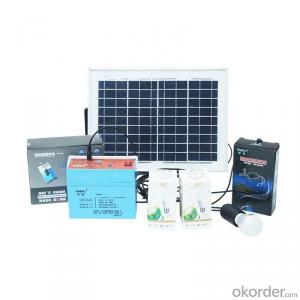Power Generation Using Coal
Power Generation Using Coal Related Searches
Best Aluminum Foil For Bbq Aluminum Foil For Stove Top Aluminum Foil For Grow Room Max Temp For Aluminum Foil Aluminum Foil For Joint Pain Tips For Using Aluminum Foil Aluminum Foil For Feet Aluminum Foil For Key Fob Aluminum Foil For Dying Hair Aluminum Foil For Foot PainHot Searches
China Wide Aluminum Foil China Gold Aluminum Foil China Aluminum Foil Aluminum Foil Price Per Foot Costco Aluminum Foil Price Aluminum Foil Price Increase Aldi Aluminum Foil Price Price Aluminum Foil Aluminum Foil Price Texture Of Aluminum Foil Aluminum Foil On Sale Aluminum Foil Roll Supplier Teflon Coated Aluminum Foil Aluminum Foil Manufacturer Large Size Aluminum Foil Aluminum Foil Market Size Wholesale Aluminum Foil Aluminum Foil Products Aluminum Foil Production Aluminum Foil Tray SizesPower Generation Using Coal Supplier & Manufacturer from China
Okorder.com is a professional Power Generation Using Coal supplier & manufacturer, offers integrated one-stop services including real-time quoting and online cargo tracking. We are funded by CNBM Group, a Fortune 500 enterprise and the largest Power Generation Using Coal firm in China.Hot Products
FAQ
- Solar energy systems have a positive impact on the quality of air and water. Unlike traditional energy sources, solar energy systems produce electricity without emitting harmful pollutants or greenhouse gases, thus reducing air pollution and improving air quality. Additionally, solar energy systems do not require water for operation, unlike fossil fuel power plants that consume large amounts of water. This helps to conserve water resources and prevent water pollution associated with the extraction and burning of fossil fuels. Overall, solar energy systems contribute to a cleaner and healthier environment by minimizing air and water pollution.
- Solar energy systems have a significant impact on energy policy and regulation by promoting the adoption of renewable energy sources and reducing dependence on fossil fuels. Governments and regulatory bodies often implement policies and regulations that incentivize the installation and use of solar energy systems, such as feed-in tariffs or tax credits. This helps to accelerate the transition to clean energy and achieve sustainability goals. Additionally, solar energy systems can influence the development of grid infrastructure and energy storage technologies to accommodate the intermittent nature of solar power, leading to a more resilient and decentralized energy system.
- The amount of money you can save with solar energy depends on various factors such as the size of your solar system, your energy consumption, the cost of electricity in your area, and any available incentives or tax credits. On average, homeowners can save thousands of dollars over the lifetime of their solar panels, with some even achieving complete energy independence and eliminating their electricity bills.
- Yes, there can be noise and vibration issues with solar energy systems, although they are generally minimal compared to other forms of energy generation. Solar panels themselves do not produce any noise or vibration as they convert sunlight into electricity. However, some components of the system, such as inverters or mounting structures, may generate a slight humming sound or vibration. This can vary depending on the quality and design of the system. Additionally, if the solar panels are installed on a roof or near living spaces, there might be some audible noise or vibration transmission through the building structure. However, these issues are typically considered minor and are often outweighed by the environmental and economic benefits of solar energy.
- Yes, solar energy systems can be installed in areas with heavy snowfall. However, it is important to consider the impact of snow on the system's performance and take necessary precautions during installation. Snow can temporarily reduce the amount of sunlight reaching the solar panels, which in turn reduces their energy production. However, the panels are designed to have a tilt and smooth surface, allowing snow to slide off easily. Additionally, advancements in technology have led to the development of snow-resistant solar panels that are more effective at converting sunlight into electricity even in snowy conditions. It is also worth noting that solar panels are often mounted at an angle to maximize their exposure to the sun, which helps to minimize snow accumulation. Overall, while heavy snowfall may impact the efficiency of solar energy systems, they can still be successfully installed and can contribute to renewable energy generation in areas with such climatic conditions.
- Solar energy systems can have a positive impact on water consumption as they typically require minimal water for operation compared to traditional energy sources. Solar panels do not need water to generate electricity, unlike fossil fuel power plants that use large amounts of water for cooling purposes. Thus, solar energy systems help conserve water resources and contribute to a more sustainable and efficient energy production process.
- Yes, there are several financing options available for purchasing solar energy systems. These include solar loans, leases, power purchase agreements (PPAs), and government incentives such as tax credits and grants. These options aim to make solar energy more affordable and accessible for individuals and businesses.
- Installing solar energy systems offers various financing models to cater to individual preferences and financial capabilities. Here are some commonly used financing options: 1. Complete Purchase: The most direct approach is to outright purchase the solar energy system. Although it requires a significant upfront investment, it grants the homeowner or business owner full access to the benefits and incentives associated with solar energy, such as tax credits and reduced utility bills. 2. Solar Loans: Many financial institutions provide specialized loans for solar installations, offering lower interest rates and longer repayment terms compared to conventional loans. With a solar loan, the system owner makes monthly payments to the lender while enjoying the financial advantages of lower utility bills and potential tax credits. 3. Power Purchase Agreements (PPAs): A PPA involves a contract between the solar system owner and a third-party solar provider. Under this agreement, the solar provider installs and maintains the system on the customer's property, and the customer agrees to purchase the electricity generated by the system at a predetermined rate. This eliminates the need for upfront costs and allows immediate savings on the electricity bill. 4. Solar Leases: Similar to PPAs, solar leases involve a third-party solar provider installing and maintaining the system. However, instead of purchasing the electricity, the customer pays a fixed monthly lease payment for the use of the solar energy system. While this option may not provide as much savings as other financing models, it requires minimal upfront investment. 5. Property Assessed Clean Energy (PACE) Financing: PACE financing enables property owners to finance the installation of solar energy systems through an assessment on their property tax bill. The loan is repaid over a period of time, typically 10 to 20 years, through an additional assessment on the property taxes. PACE financing is particularly advantageous for property owners who may not qualify for traditional loans or prefer to spread out the cost of the solar installation over a longer duration. These examples highlight the different financing models available for installing solar energy systems. It is crucial to carefully evaluate each option, considering factors such as upfront costs, long-term savings, and individual financial goals, to determine the most suitable financing arrangement for specific circumstances.

